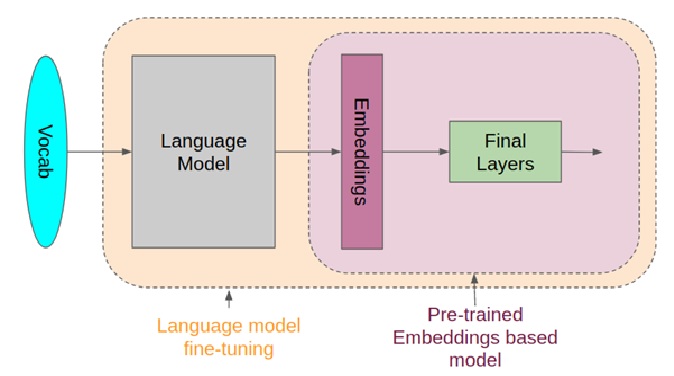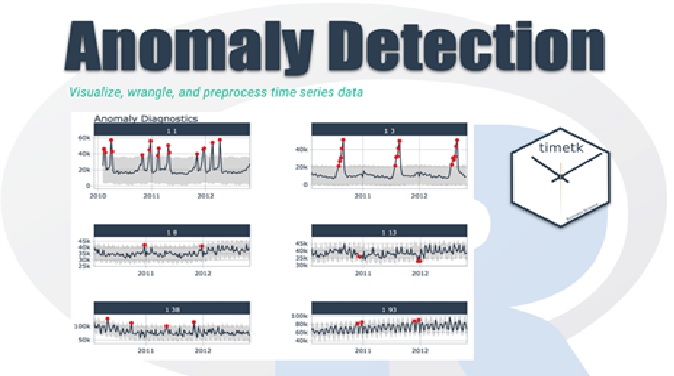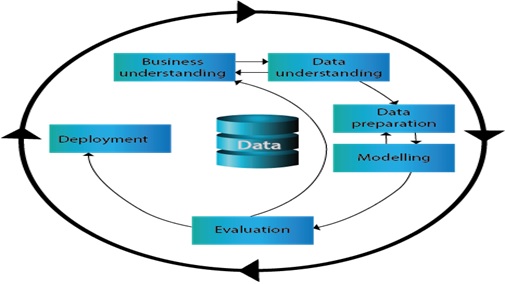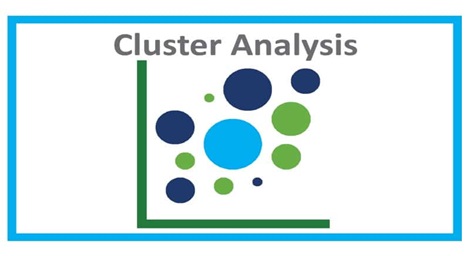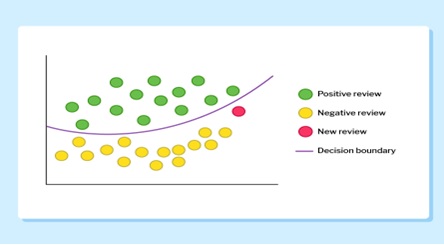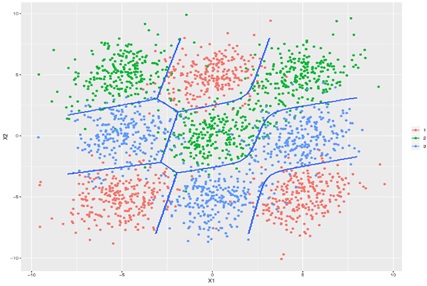Association Rules
Association rules are a type of data mining technique used to discover interesting relationships and patterns in large datasets. Specifically, association rules identify correlations between items in a dataset, and they are often expressed in the form of "if-then" statements. For example, if a customer buys bread and eggs, then they are likely to also buy milk.
Association rules are commonly used in market basket analysis, where the goal is to identify which products are frequently purchased together. They can also be used in other applications such as recommendation systems, fraud detection, and customer segmentation.
Association rule mining is a rule-based machine learning technique used to find frequent patterns in a data set. Frequent patterns may include frequent item sets that are usually bought together or subsequence that are bought in sequence. For example, cookies and coffee can be frequent itemset for a cafe, and a laptop and external monitor can be a subsequence for an electronics store. [1]

Figure .1 Association rules
Figure 1 shows Association rules are typically quantified in terms of their support and confidence, which measure the frequency of the rule in the dataset and the accuracy of the rule, respectively. The Apriorism algorithm is a commonly used algorithm for mining association rules, and it uses a bottom-up approach to find frequent itemset in the data and then generates association rules from these itemset.
While association rules can be a valuable tool for data science applications, they also have limitations and require careful attention to data pre-processing, algorithm selection, and interpretation of the results.
Association rules are a valuable technique in data science for identifying relationships and patterns in large datasets. They are particularly useful for identifying items or features that occur frequently together in a dataset.
In data science, association rules can be used in a variety of applications, such as:
- Market basket analysis:Association rules can be used to identify which products are frequently purchased together in a store, allowing retailers to make strategic decisions about product placement, promotions, and cross-selling.
- Recommender systems:Association rules can be used to recommend products or services to users based on their past behaviour. For example, a movie streaming service might recommend a particular movie to a user based on the movies they have previously watched.
- Fraud detection:Association rules can be used to identify suspicious patterns of behaviour that may indicate fraudulent activity. For example, credit card companies can use association rules to identify transactions that are outside of a customer's normal spending patterns.
- Customer segmentation:Association rules can be used to group customers together based on their behaviour or preferences. This can be useful for targeted marketing campaigns or for developing personalized recommendations.
It's important to note that association rules are not always perfect and can produce spurious or misleading results, especially when the dataset contains noise or outliers. Therefore, it's important to carefully validate the results of association rule mining and to use other techniques to verify the findings.
References:
- https://towardsdatascience.com/a-guide-to-association-rule-mining-96c42968ba6
Cite this article:
Janani R (2023),Association rules, AnaTechMaz, pp.71





